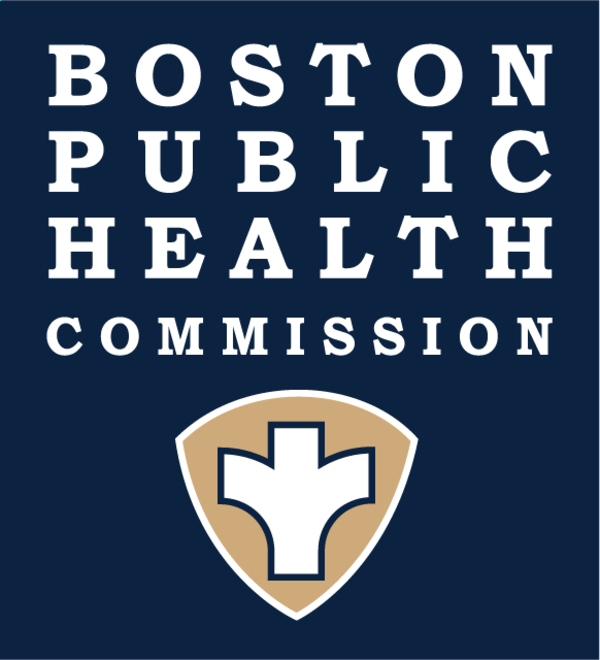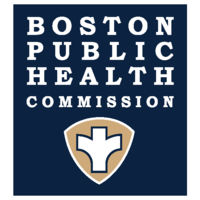Safe Nail Salons
Nail salon workers face exposure to hazardous chemicals through their work. The Safe Shops Program works with nail salon owners and workers to prevent or reduce exposure to these chemicals while at work.
We offer free training and technical assistance at your salon. Our staff helps salon owners to find solutions like improved ventilation and proper use of personal protective equipment. They also help answer questions about regulations.
Ventilation Requirements
All Boston nail salons must comply with minimum ventilation specifications listed here.
To demonstrate compliance:
- Salons must submit a completed BPHC ventilation checklist, stamped by a licensed mechanical engineer
- A mechanical engineer's report showing that ventilation systems meet requirements
Required ventilation includes:
- Mechanical ventilation exhausts fumes outside (0.6 CFM/FT²)
- Mechanical ventilation brings air into the salon (0.12 CFM/FT² + 20 CFM/occupant)
- Makeup air and exhaust air ducts are separate
- Source capture at manicure tables and foot baths (able to exhaust a minimum of 50 CFM per station)
Source capture takes in air where services take place, such as a manicure or pedicure station, and exhausts it out of the salon. This air cannot mix with salon air or recirculate into the salon space. Click here to learn about source capture compliance.
Resources
ResourcesBPHC Nail Salon Regulation
These are the practices with which all nail salons must comply. They are available in English here.
BPHC Nail Salon Regulation Guidelines
These are guidelines that are paired with the Nail Salon Regulation to increase practical understanding of the Regulation. They are available in English and Vietnamese.
BPHC Nail Salon Regulation Training
Like the Guidelines, this is paired with the Nail Salon Regulation to increase practical understanding. It is available in English here. For photos of a training, visit the BPHC Facebook page.
BPHC Nail Salon permit application
Every nail salon must renew their BPHC Nail Salon Permit annually. The permit application is available in both English and Vietnamese, for:
Public Health Notice
Every nail salon must hang the public health notice text in their salon, in a place that customers can easily view it. It is available here.
Sanitation checklist
This document list all the criteria the Environmental Health Office inspectors look for during a nail salon inspection. We recommend that you use this checklist once per week to ensure you are compliant with the BPHC Nail Salon Regulation. It is available here in English and Vietnamese.
Single-use vs multi-use tools
All nail salons must use new single-use tools or sterilized multi-use tools on every customer. For more information about single-use and multi-use tools, view our factsheet (in English and Vietnamese.)
Dry heat sterilizer instructions
Every nail salon must have and use a dry heat sterilizer or autoclave to sterilize their multi-use tools. To learn more about dry heat sterilizers and autoclaves, click here. Click here for English and Vietnamese instructions on how to use a dry heat sterilizer.
Dry heat sterilizer/autoclave logbook page template
Every nail salon must have and use a dry heat sterilizer or autoclave to sterilize their multi-use tools. To demonstrate proper and regular use, nail salons must use indicator test strips, pouches, or tape suitable for their machine and maintain a logbook. The logbook must indicate the date and time each test was performed, type of treatment method (dry heat sterilizer or autoclave), model and serial number of the device used, brand and product name of the test strip used, printed name and signature of the person running the test, and the test strip used to perform the test. We recommend that nail salons maintain a binder or notebook with the required information, since dry heat sterilizer or autoclave records must be kept for one year. For ease, BPHC developed a template that nail salons can print and use. You can access the template here.
To learn more about dry heat sterilizers and autoclaves, click here or view our fact sheet (in English and Vietnamese).
Nail Salon ventilation
All nail salons must comply with ventilation requirements as outlined in the 2015 International Mechanical Code as incorporated into the Building Code by October 17, 2018. New nail salons (salons that have never received a permit with the BPHC Environmental Health Office) must comply immediately in order to receive their Nail Salon Permit. The International Mechanical Code requires intake and exhaust ventilation, including ventilation at the point of service (the manicure table or pedicure chair).
Click here for some examples of compliant and noncompliant source capture ventilation in nail salons.
Ventilation checklist
All nail salons must comply with ventilation requirements as outlined in the 2015 International Mechanical Code as incorporated into the Building Code by October 17, 2018. New nail salons (salons that have never received a permit with the BPHC Environmental Health Office) must comply immediately in order to receive their Nail Salon Permit. To indicate compliance with the ventilation requirements, nail salons must submit the ventilation checklist completed and stamped by a licensed mechanical engineer, as well as a drawing of the salon's ventilation system produced by a mechanical engineer.
To access a copy of the ventilation checklist, click here. To learn more about required ventilation, read the Ventilation Requirements section above.





